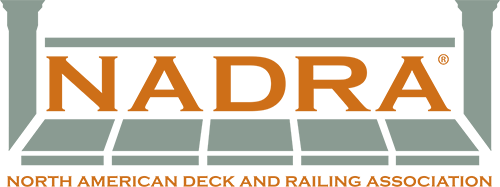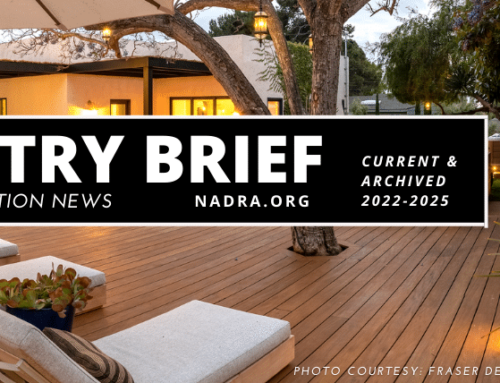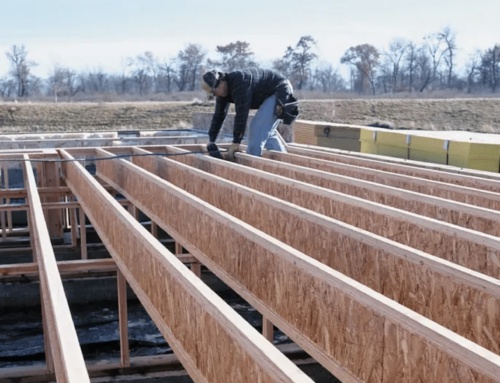August 2019
The building and materials industry represents a number of categories that have determined life expectancy of different components; asphalt shingles, for instance, have a life expectancy of 20 years, aluminum and vinyl windows are expected to last 10 to 15 years. The exposed components that makeup decks are no different.
This question has come to the forefront recently as we now have over a decade of in-service performance to evaluate the new copper-based and metal-free treatments that replaced CCA for residential applications. This calls into question material longevity assumptions, prior building practices, code-development, as well as optimal material and hardware selections to deliver a higher-quality finished product than what could have been crafted in generations past.
If a deck structure is to stay secure long-term and perform to the future client’s needs and expectations, then it often will require not only the specification of higher-performing materials installed with a level of professional skill, but planned maintenance and performance viability inspections beyond just initial-construction code-based evaluations. Just like a car, with regular inspections any parts of the system that need repair can be addressed before a life-threatening or major safety situation occurs. The approach of building a deck “as a system” as opposed to a list of independent parts is a mindset shift required by not just the trade professionals, but more so by the end consumer as a significant number of decks are built by the DIY marketplace.
So what has NADRA done? NADRA’s Check Your Deck®, Deck Safety Month® program, along with NADRA’s Education and Certification in Deck Evaluation and Code initiatives have been at the forefront of industry professionals and consumer-focused media for over a decade. These programs provide builders and the greater public, constant reminders of the importance of having an experienced trade professional review your deck to address questions before they become problems keep families and friends away from harm.
To this end, Matthew Breyer, NADRA President was asked to sit down at NAHB Headquarters in Washington DC. Matt met with representatives from the NAHB, as both industry associations look for opportunities to work together to answer questions like these and others.
We will continue to update you on these efforts.





